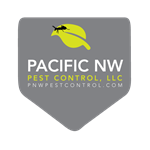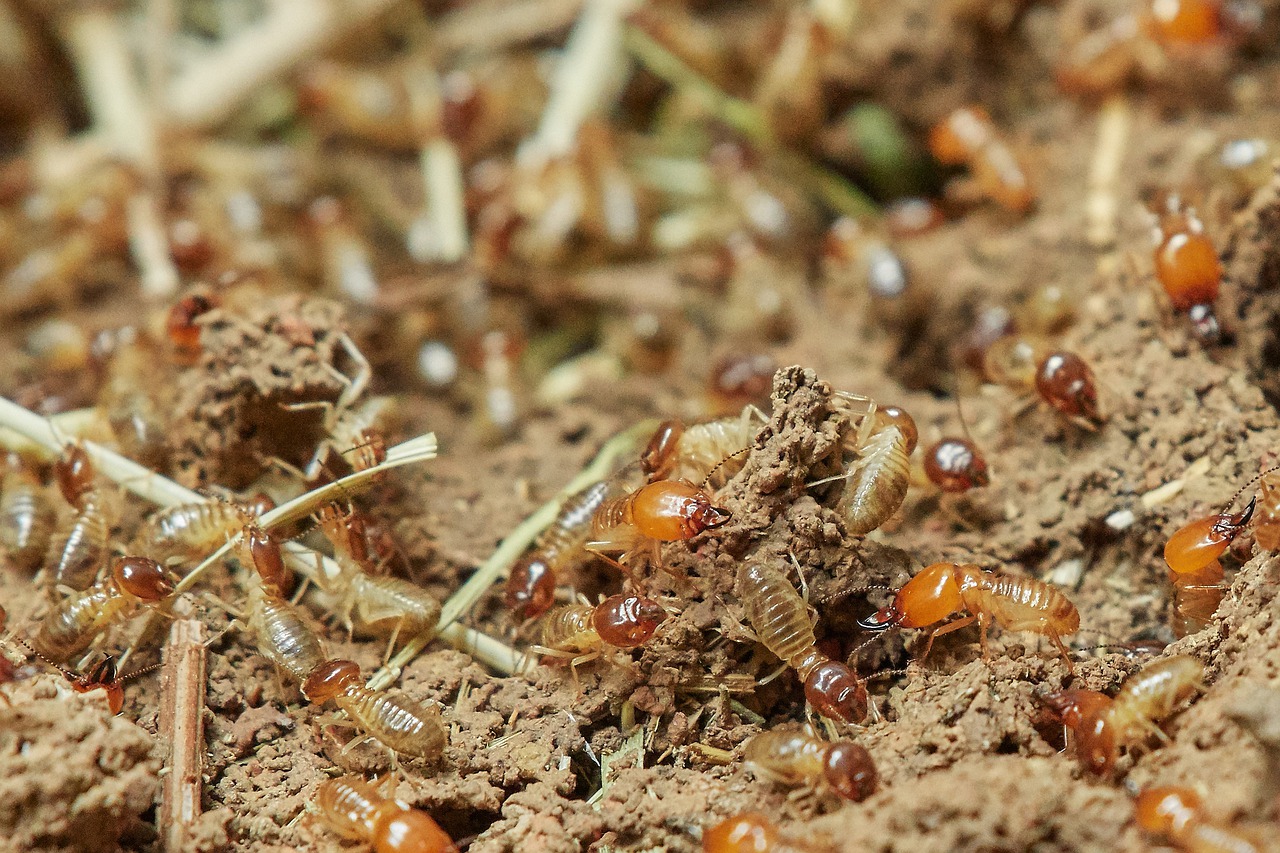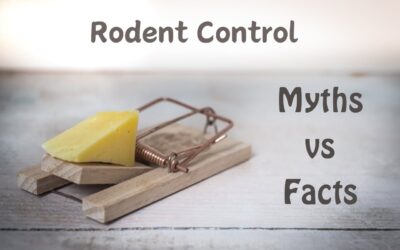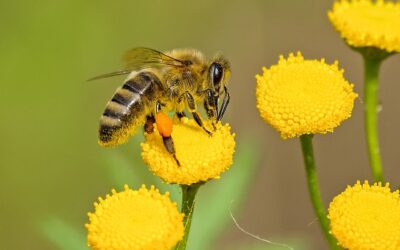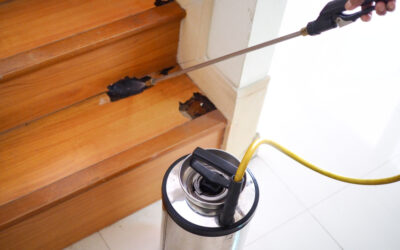Termites are small insects with distinct features that live in colonies where they feed on wood or other dead plant matter. There are different species of termites that live all over the world except the continent of Antarctica.
Are Termites A Problem In The Fall
Termites are absolutely a problem in the fall in the NW but they are also a problem throughout the other seasons because they are active all year round. In the fall termites begin to slow down once they have found a warm place underground. Since termites feed all throughout the year this means that if newly found space is underneath your home they will feed off of any surrounding wood material. Once winter hits they will continue to remain in warm living conditions while they await spring.
When springtime temperatures become warm, mature colonies will send out winged termites to establish a new nest. These winged termites are called swarmers and they are active all throughout the warmer months. Spotting these termites is a sign that a colony is nearby so addressing these early on will help prevent a colony from wreaking havoc on your home. In the summer termites are at their peak of activity.
What Kinds Of Termites Live In The NW
There are two prevalent termites that live in the NW and they are the Western Subterranean termite and the Dampwood termite.
The Western Subterranean Termite
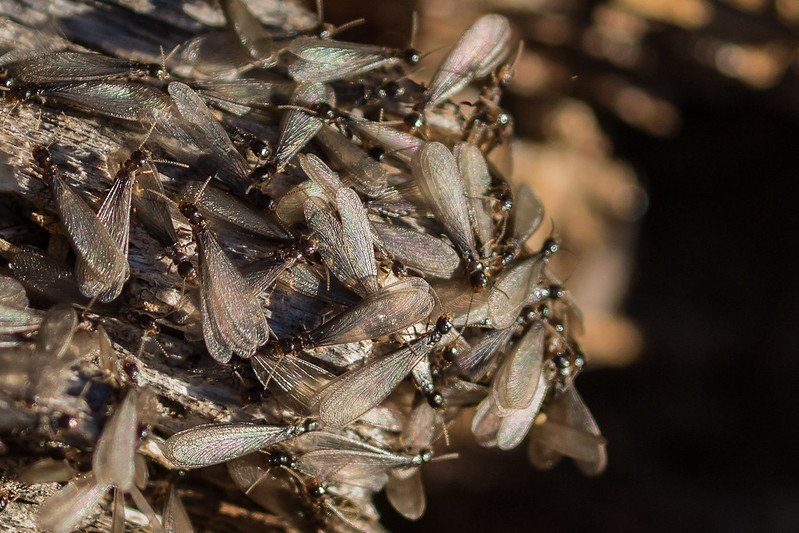
Western subterranean termites are one of the most destructive termites in North America. They cause millions of dollars in damage and put an estimated 1 in 5 homes at risk. When these termites are present they leave a thin honey-comb shell with hollowed layered sections that are packed with their partly digested timber and soil excrement.
Western Subterranean termites gravitate toward moisture and dark environments in order to survive. This is because they build their nests below the frost line in the ground but above the water table. From here they will construct mud galleries or shelter tubes to gain access to a food source. These tubes also protect them from the elements and predators. If they find other areas of the property that have moisture and are well protected they will create a branch of their colony called a subsidiary colony. These can be seen within the walls or cavities of a structure.
The Dampwood Termite
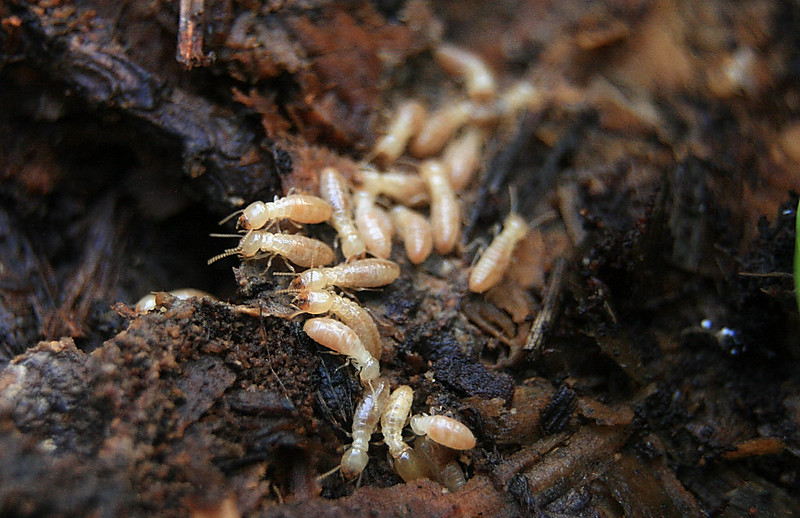
Dampwood termites are attracted to the high moisture content in wood and are noticeably larger than subterranean termites. They are very common in cooler forested climates making the NW an attractive place to reside. Compared to other termites, Dampwood termites colonies are also relatively small, having only several thousand workers in a mature colony.
Most of the time these termites are not a threat. However, since the NW is an area with a lot of precipitation, moisture levels can be high and the constant rain can become a problem for homes that are susceptible to leaks. If a structure starts to collect increased amounts of moisture it can become more susceptible to these pests. Otherwise, Dampwood termites will target rotted tree stumps, dead trees, or piles of wood that have been left out in the rain.
Signs Of Termites
There are many signs that can indicate you have a termite infestation. Understanding what they are will help you to stay on top of any termites that try to invade your property.
- Piles of wings
- Piles of termite pellets
- Mud tubes around the foundation
- Hollow sounding wood
- Very small holes in the drywall
- Windows or doors that stick
- Squeaky floorboards
- Discoloring or drooping of drywall
- Peeling paint
- Buckling of floors
- Crumbling wood
- Loose tiles
- Termite swarmers near the property
Which Causes The Most Damage To Homes- Carpenter Ants Or Termites
Even though both chew through wood, termites actually eat wood making them more destructive to homes in the Pacific NW than carpenter ants. Carpenter ants chew wood and remove it in order to create burrows for their colony. They also don’t chew through it on a consistent basis like termites do. Termites eat wood non-stop which is another reason they are more destructive than carpenter ants and they are greater in number per colony compared to carpenter ants.
Carpenter Ants Vs. Termites- Which Pest Causes The Most Damage To Homes In the Pacific NW
If you believe you have termites around your property call your local pest control company for an inspection. Catching termite infestations before they become a problem can save you from costly repairs.
